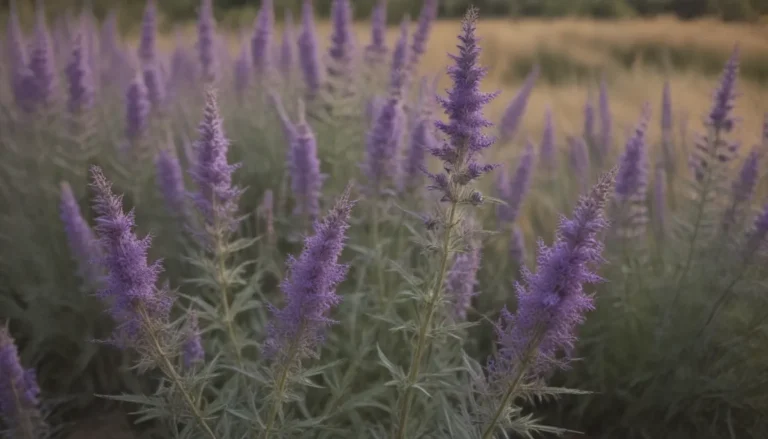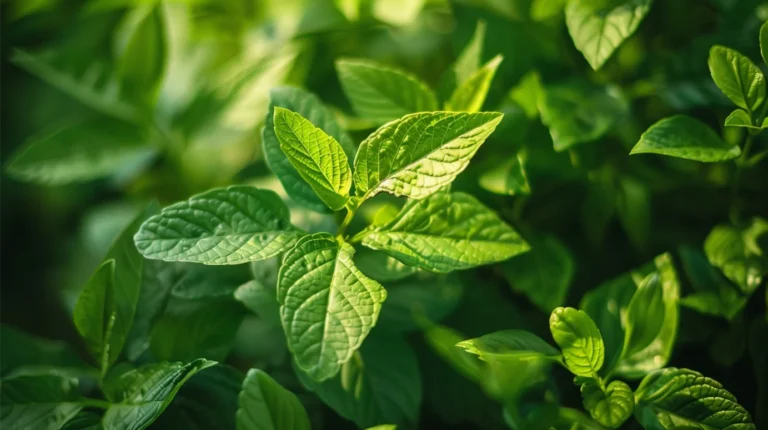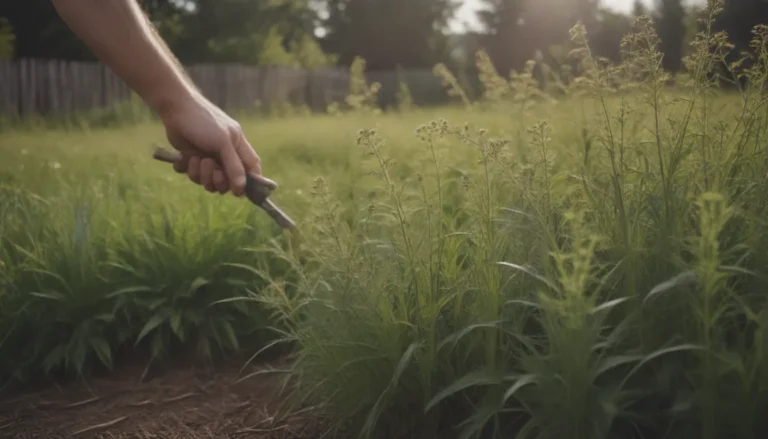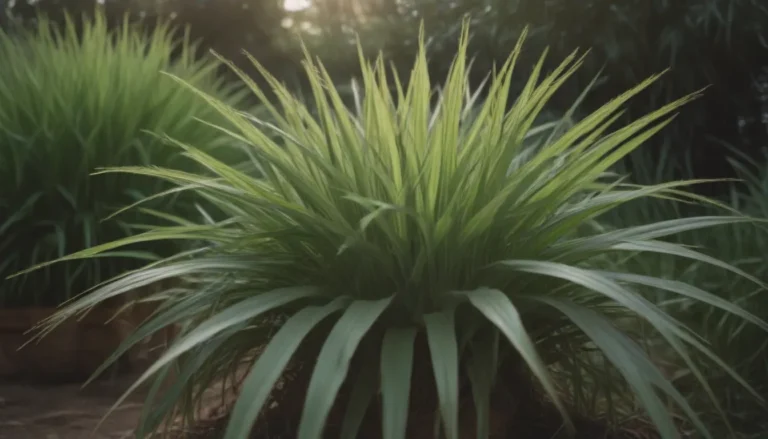Unlocking the Secrets of Growing Thai Basil in Your Herb Garden
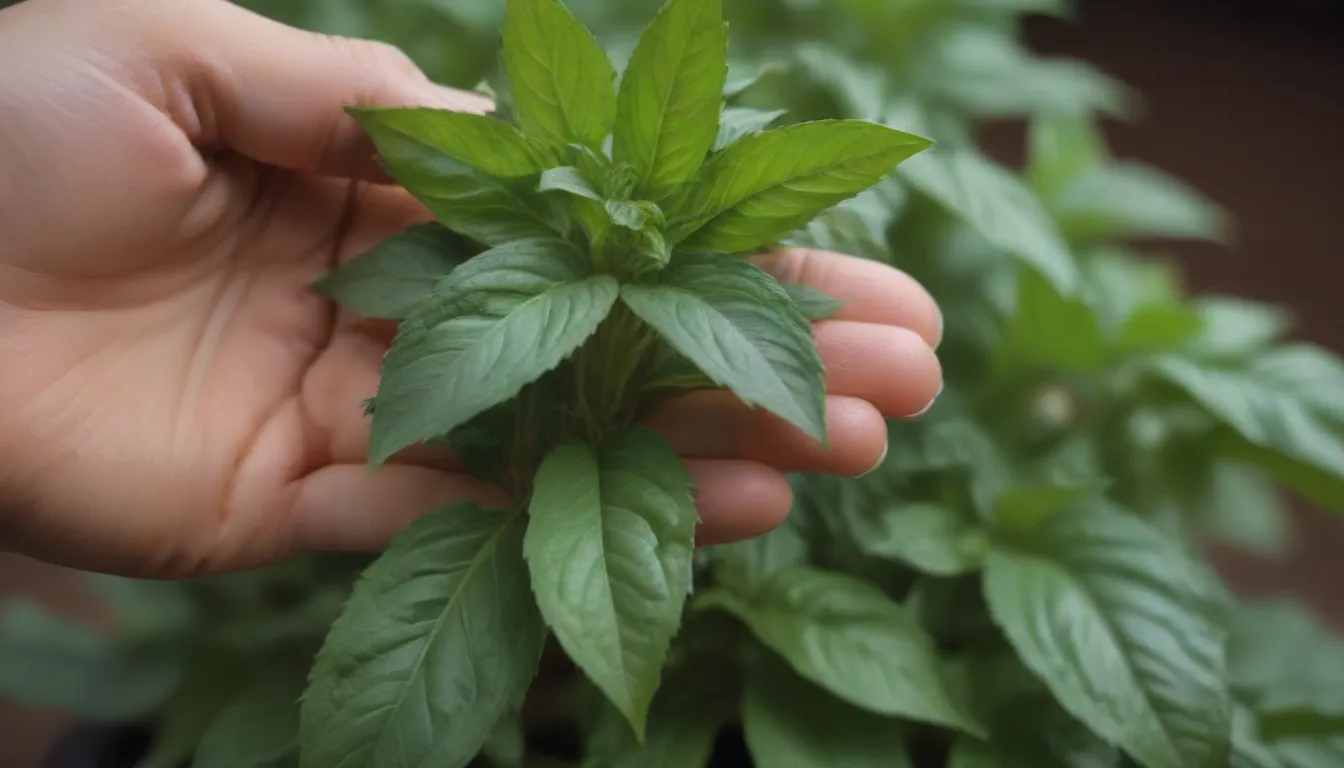
Are you ready to add a touch of Southeast Asia to your herb garden with the aromatic and flavorful Thai basil plant? This easy-to-grow culinary herb is not only a beautiful addition to any garden but also a crucial ingredient in many Southeast Asian dishes. Let’s dive into the world of Thai basil and learn how to cultivate it successfully in your own backyard.
Planting Thai Basil: A Journey Begins
Just like its cousin, sweet basil, Thai basil is a breeze to grow. You can start seeds indoors approximately six weeks before the last frost date in the spring. Once the soil temperatures reach around 70 degrees Fahrenheit, and the night temperatures consistently stay above 50 degrees Fahrenheit, it’s time to transplant your Thai basil seedlings outdoors.
Here are some key points to keep in mind when planting Thai basil:
– Plant the seeds a quarter-inch deep in well-drained soil with full to partial sun.
– Space the Thai basil seedlings about 12 inches apart to allow them room to flourish.
– Regularly water the plant to maintain consistent soil moisture levels.
– Pinch back the purple flowers to promote leaf growth and prevent seeding.
Taking Care of Your Thai Basil Plant
Light
Thai basil loves basking in direct sunlight, so make sure to provide it with at least six hours of sunlight daily. In hot climates, consider offering it some shade during the hottest parts of the day to prevent sunburn.
Soil
Ensure that your Thai basil is planted in nutrient-rich, well-draining soil. Incorporating organic compost before planting or adding compost to potting mix for container gardening can provide the plant with essential nutrients.
Water
Consistency is key when it comes to watering Thai basil. Keep the soil consistently moist, especially during dry periods. Mulching around the plants can help retain soil moisture and promote healthy growth.
Temperature and Humidity
Thai basil thrives in warm, humid conditions reminiscent of its native Southeast Asia. Wait for temperatures to rise above 70 degrees Fahrenheit before planting and harvest before the temperatures drop below 40 degrees Fahrenheit to protect the leaves from damage.
Fertilizer
While Thai basil typically doesn’t require additional fertilization if planted in nutrient-rich soil, feeding it with a balanced fertilizer during the summer months can promote vigorous growth, especially when harvesting frequently.
Exploring the Types of Thai Basil
Variety is the spice of life, and Thai basil comes in several cultivars to choose from, each offering a unique twist to your dishes. Some popular cultivars include:
– ‘Siam Queen’ (Ocimum basilicum’Siam Queen’)
– ‘Queenette’ (Ocimum basilicum’Queenette’)
– ‘Thai Magic’ (Ocimum basilicum’Thai Magic’)
Decoding Thai Basil vs. Holy Basil
While Thai basil and holy basil share similar characteristics like minty, peppery, or licorice-like scents, they belong to different species. Thai basil, with its dark purple stems, distinguishes itself from holy basil, also known as tulsi, with its green stems.
Harvesting and Storing Thai Basil
For a bountiful harvest, remember to pick the upper leaves from each branch instead of harvesting from the lower parts to encourage new growth. Store your freshly picked Thai basil in a glass of water at room temperature, changing the water every few days to keep the leaves fresh.
Thriving Thai Basil in Pots
Thai basil thrives in containers, making it a versatile herb for small spaces or urban gardens. Plant a single Thai basil in a pot with drainage holes, using rich potting mix to provide adequate nutrients for healthy growth.
Tips for Pruning Thai Basil
Pruning your Thai basil plant helps maintain its shape and encourages new growth. Pinch off the top set of leaves once the plant has six to eight sets of leaves, and continue pruning as needed for a bushier plant.
Propagating Thai Basil Like a Pro
Expand your Thai basil garden by propagating healthy plants using stem cuttings. With the right tools and a little TLC, you can create new Thai basil plants to enjoy in your culinary creations.
Common Pests and Plant Diseases
Keep an eye out for common pests such as aphids, slugs, and Japanese beetles that can damage your Thai basil plant. Treat infestations promptly to prevent damage and maintain a healthy plant. Additionally, watch out for plant diseases like fusarium wilt and bacterial leaf spot by watering the soil directly to avoid wetting the leaves.
In conclusion, with a little care and attention, growing Thai basil can be a rewarding experience for any herb enthusiast. Whether you’re a seasoned gardener or a beginner looking to expand your herb garden, Thai basil is a versatile addition that brings a touch of exotic flavor to your dishes. So, roll up your sleeves, get your hands dirty, and watch your Thai basil plant flourish and thrive in your garden. Happy gardening!
